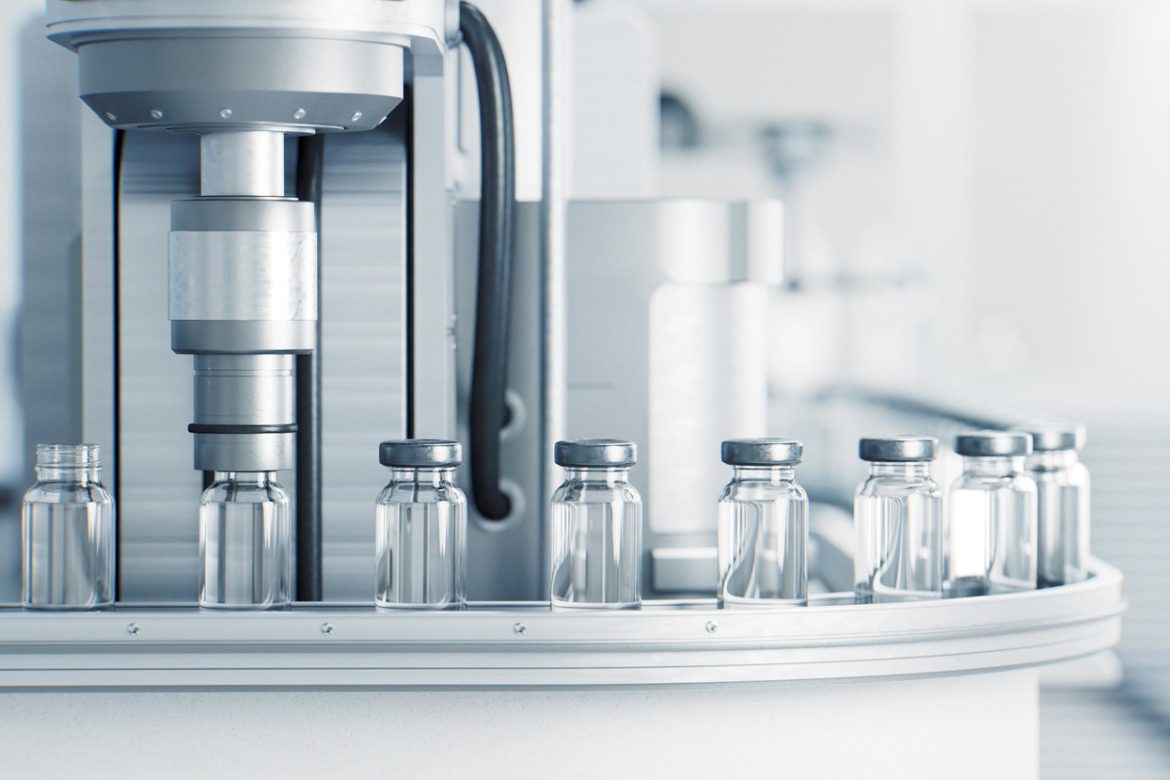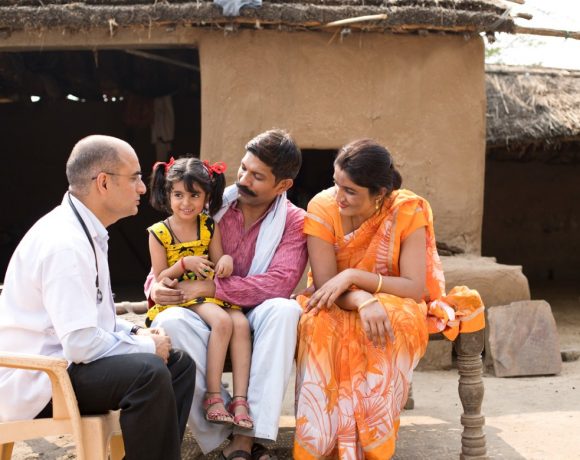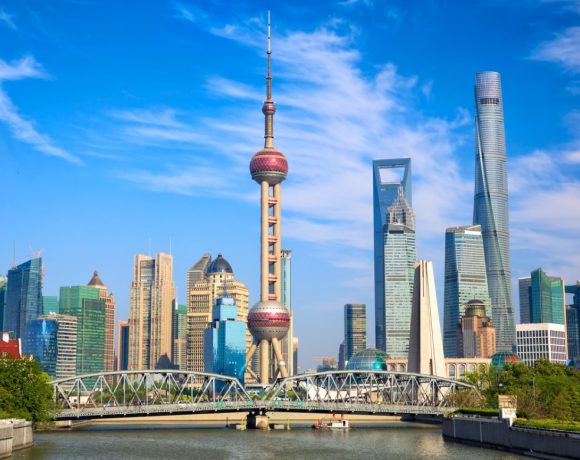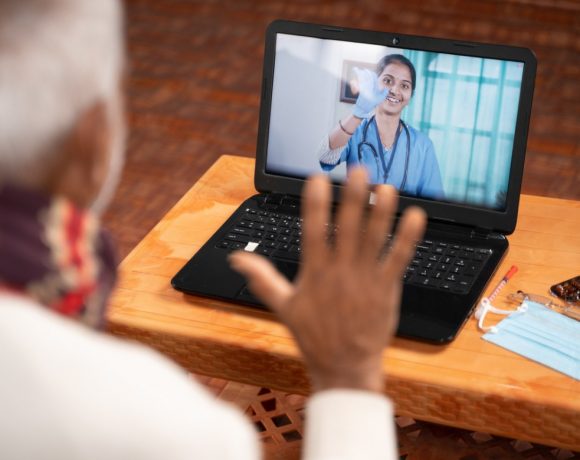- A little-known but very important fact is that South Korea deserves considerable attention as a key hub for R&D and manufacturing – especially for Swiss healthcare companies. Switzerland and Korea have complementary economies that provide unique opportunities for collaboration to scale up the commercialisation of high-tech medical equipment and next-generation pharmaceuticals.
- For Switzerland, pharmaceutical products are 15% of all exports, mostly comprised of 41 billion dollars of packaged medicines and 23 billion of serums and vaccines. While these are only about 5% of Korea’s exports, with 875 million dollars of packaged medicines and 3.8 billion of serums and vaccines, the opportunity for Swiss-Korean collaboration lies in the fact that pharmaceutical exports from Korea are growing at a rate of 27%.
As we enter the third year of the COVID-19 pandemic, the Omicron variant is driving a new surge of infections that will likely take us well beyond 400 million cases and six million deaths worldwide.¹ The reality is much worse once excess deaths and decreases in standards of living are taken into account. Hospital constraints in treating other patients,² social isolation, and economic hardship³ are taking a tremendous physical and psychological toll. It will require global, coordinated action to drive forward innovations in pharmaceuticals, medical devices, digital health, and consumer wellness to ensure a recovery from the full effects of the pandemic.⁴
This global coordination is well underway, most notably in the efforts by researchers, healthcare workers and government officials to develop and distribute new tests, vaccines, and therapies for COVID-19. Nevertheless, the sources of these innovations are geographically clustered around a small handful of cities. For the entire United States and Europe, 86 billion dollars of VC capital were invested in 2021 into healthcare companies, and more than half of that amount – 53 billion dollars – was invested in only three locations: Greater Boston, San Francisco Bay Area and New York.⁵
A little-known but very important fact is that South Korea deserves considerable attention as a key hub for R&D and manufacturing – especially for Swiss healthcare companies. Switzerland and Korea have complementary economies that provide unique opportunities for collaboration to scale up the commercialisation of high-tech medical equipment and next-generation pharmaceuticals. Both countries also have highly complex economies, meaning that the internal economies are diversified and can manufacture unique, high-value goods.⁶
The current complexity rankings place Switzerland second and South Korea fourth worldwide.⁷ For Switzerland, pharmaceutical products are 15% of all exports, mostly comprised of 41 billion dollars of packaged medicines and 23 billion of serums and vaccines. While these are only about 5% of Korea’s exports, with 875 million dollars of packaged medicines and 3.8 billion of serums and vaccines, the opportunity for Swiss-Korean collaboration lies in the fact that pharmaceutical exports from Korea are growing at a rate of 27%.⁸
Notably, the current rankings and export profiles are based on data from 2019. Consider that the first COVID-19 infections were identified in Wuhan in December of that year. Since then, Samsung Biologics has begun delivering their fill-and-finish contract with Moderna for hundreds of millions of vaccine doses.⁹ A relative newcomer in pharmaceutical manufacturing, Samsung’s capabilities translate in part from their expertise in semiconductors and integrated circuits. Both require clean rooms, tight tolerances, high-purity inputs, and a predictable and mature IP licensing regime.
For DRAM manufacturing, SK Hynix is second in sales, so it is not just a coincidence that SK Bioscience is a major manufacturer of the AstraZeneca and Novavax vaccines.¹⁰ Beyond just contract manufacturing, SK Bioscience recently began Phase III trials of its own vaccine candidate, GBP510. The gist of this vaccine is that it is comparable to mRNA vaccines in terms of protection, but unlike Pfizer and Moderna’s vaccines, it can be quickly and cheaply manufactured in large quantities and does not require ultra-cold storage.¹¹
It’s not fully home-grown; instead, the vaccine candidate was co-developed by SK Bioscience and the Institute of Protein Design at the University of Washington, with the corresponding licensing and knowledge transfer of key technologies.¹² The Phase III trials were prepared and are being carried out in partnership with the International Vaccine Institute, which was founded by the United Nations in 1997 and is headquartered in Seoul. Many vaccine projects conducted at the International Vaccine Institute, including the GBP510 trials, have been funded by the Bill and Melinda Gates Foundation.
SK Bioscience is prepared to manufacture hundreds of millions of doses upon regulatory approval, and distribution is being directed by the COVAX alliance, which, to date, has had severe problems with undersupply. Whereas the supply of the first wave of vaccines was largely on a proprietary platform and directed toward high-income individuals in high-income countries, GBP510 is an advanced, high-quality vaccine intended for equitable global access.
It wouldn’t be too much of a stretch to say that Seoul is “the next Boston”. There are factors at play in the unique business culture, venture capital, and talent pool through which grassroots creativity can quickly attract sizable investments and institutional collaborations. These factors that allow bottom-up, disruptive innovation are hard to replicate elsewhere, and South Korea features top-down decision-making that favours predictable, incremental innovation.
But for all their merits, Boston and the other American cities that took the lion’s share of VC money are embedded in the US healthcare system, which has some of the worst health outcomes and highest inequality in healthcare access of all OECD countries.¹³ On the other hand, drugs and medical services in Korea are priced fairly, can be obtained quickly, and offer exceptional quality – you don’t have to pick two out of three. For GBP510, the Korean healthcare product is being exported in a manner consistent with the underlying philosophy of the Korean healthcare system. For that to happen, though, it has been strictly necessary for SK Bioscience to work with international partners that bring key expertise in basic science, applied R&D, and clinical trials to complement Korea’s strengths in manufacturing affordably at scale.
In their wake, these global, collaborative vaccine efforts by large companies are setting the playbook for further vaccine efforts and seeking opportunities in packaged medicines and medical instruments. The supply chains, manufacturing infrastructure, and global distribution channels are already primed in Korea.
Sources
¹COVID-19 Dashboard by the Center for Systems Science and Engineering at Johns Hopkins University.
⁵Healthcare Investments and Exits, Silicon Valley Bank
⁶The Atlas of Economic Complexity by the Growth Lab at Harvard University
⁷For example, exports of pharmaceuticals and computer chips require high complexity while exports of staple crops and commodities do not. In order, the top five most complex economies are Japan, Switzerland, Germany, South Korea, Singapore, Czech Republic, and Austria, forming two geographical clusters with practically continuous borders.
⁸It’s also worth noting that Switzerland has a population of 8.58 million with GDP per capita of $85,300 and Korea has a population of 51.7 million people with GDP per capita of $31,846. Switzerland enjoys one of the world’s highest standards of living, but growth can sometimes be constrained by the relatively small population size. Korea has, surprisingly, one of the highest rates of unemployed and underemployed Ph.D.s in the world, particularly for married women with children who are expected to leave the workforce and focus on family. Swiss-styled employment opportunities are likely to attract significant numbers of highly-qualified Korean talent.
⁹Moderna and Samsung Biologics Partner on Fill/Finish Manufacturing of Moderna’s COVID-19 Vaccine
¹¹Scientific rationale for developing potent RBD-based vaccines targeting COVID-19
¹²COVID-19 vaccine with IPD nanoparticles meets Phase 1/2 trial goals
¹³ Health for Everyone? Social Inequalities in Health and Health Systems






NO COMMENT